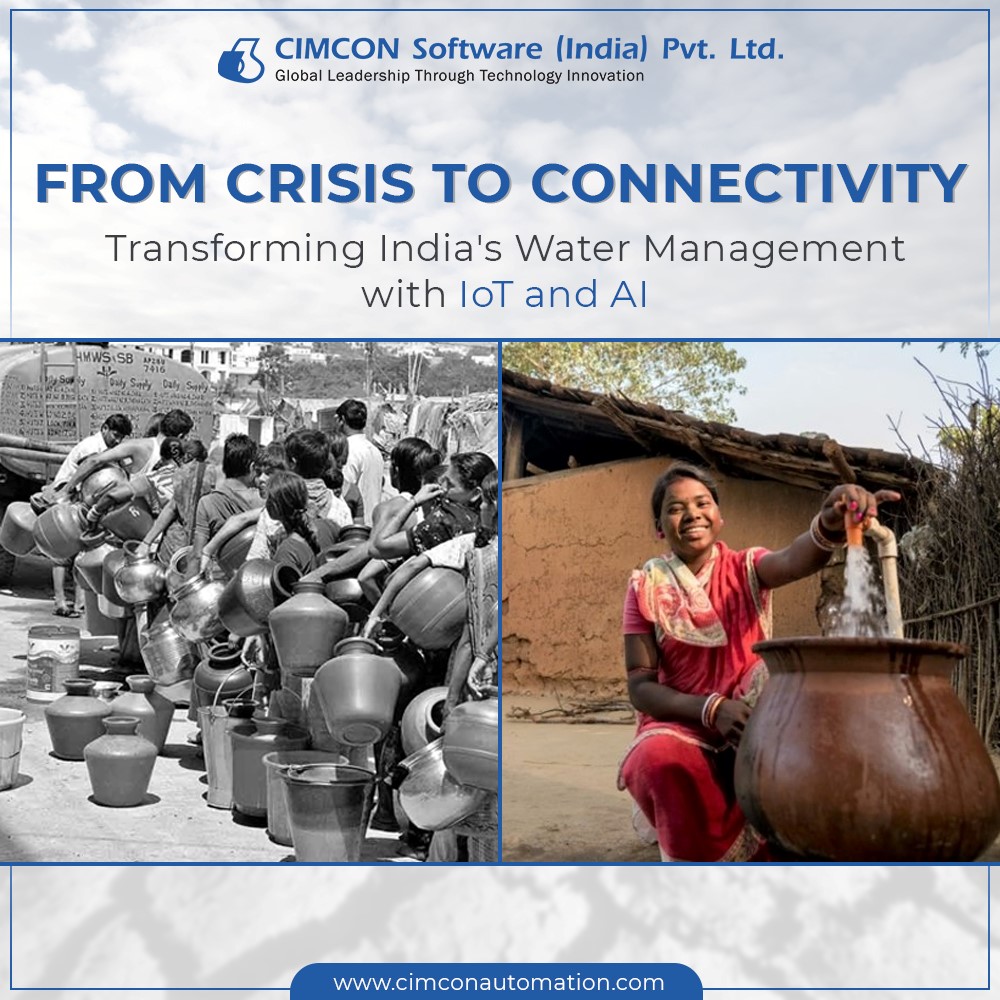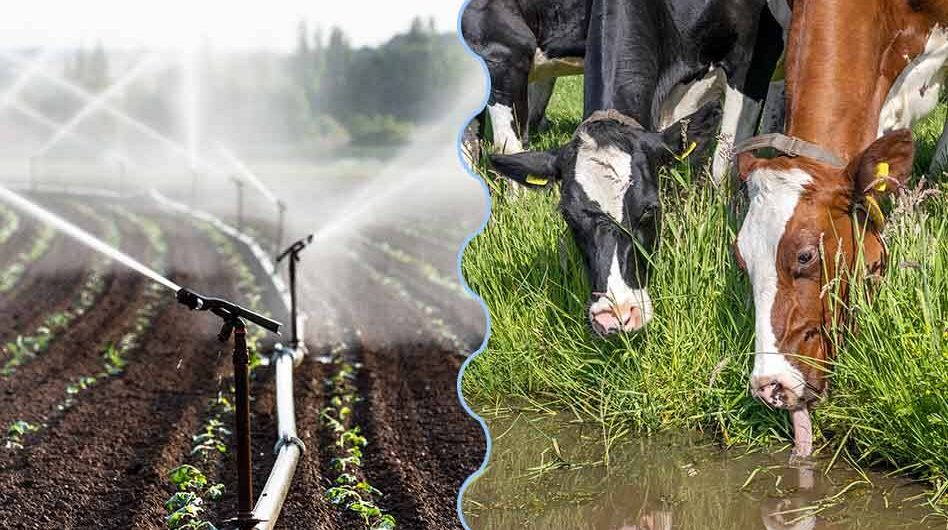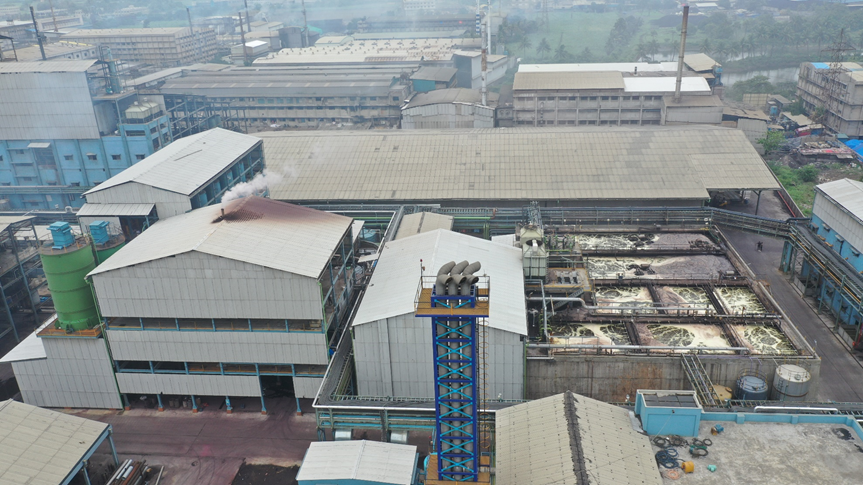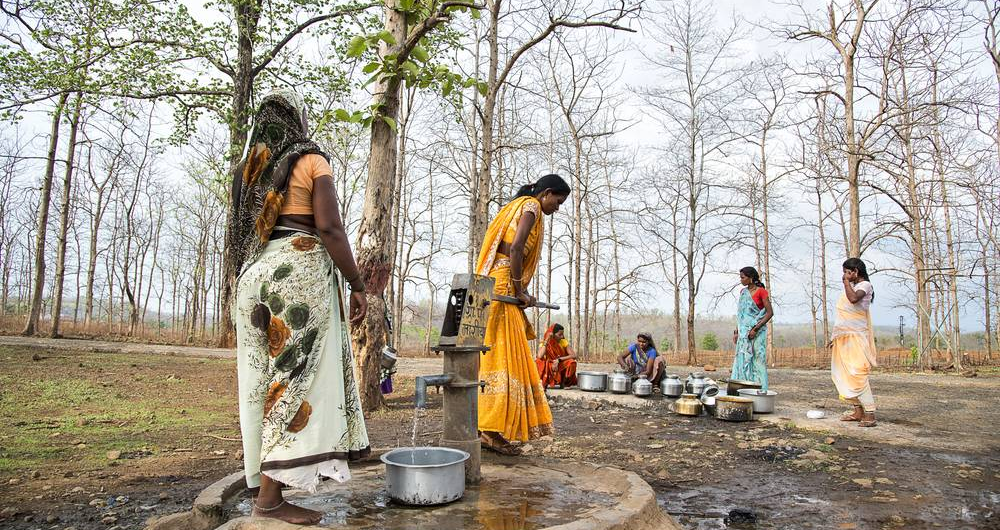India faces a multitude of challenges regarding water security and management, which have become increasingly critical in recent years. The primary issues include over-extraction of groundwater, water pollution, and inadequate distribution of water resources. These challenges are exacerbated by a lack of efficient water management systems, climate change impacts, and conflicts over water resources.
Over-Extraction of Groundwater: India heavily relies on groundwater for various purposes, including irrigation, industrial, and domestic use. This has led to a rapid depletion of groundwater levels, posing a significant threat to water availability in the future.
Water Pollution: The country is grappling with widespread water pollution, which has contaminated both rivers and groundwater. Industrialization and urbanization contribute to this issue, making water unsafe for consumption and other uses.
Inadequate Water Distribution: There is an unequal distribution of water resources across India, with some regions experiencing severe water scarcity while others have a surplus. This discrepancy is a significant challenge for ensuring equitable access to water.
Inefficient Water Management Systems: India’s water management systems are often inefficient, characterized by leaky water supply networks and insufficient wastewater treatment facilities. This inefficiency contributes to the loss and contamination of water resources.
Impact of Climate Change: Climate change has led to irregular monsoon patterns and increased the frequency of natural disasters like floods and droughts, further straining water resources.
Conflicts Over Water: As water scarcity increases, conflicts over water distribution and use have become more prevalent among different states, communities, and sectors.
Water Stress and Sanitation Issues: A significant portion of the population lacks access to safe water and sanitation facilities. This situation is aggravated by extreme water stress, contaminated surface water, and the lack of piped water supply. The effects of climate change, such as droughts and rising sea levels, also impact access to safe water and sanitation.
Addressing these challenges is critical for India’s sustainable development and requires a combination of policy, technology, and behavioural solutions. Improving water governance, adopting efficient water management practices, investing in water infrastructure, and promoting water-saving technologies are essential steps towards enhancing water security in India. Additionally, there is a need for collaboration and engagement among various stakeholders, including government, civil society, the private sector, and communities, to effectively tackle these issues.
IoT (Internet of Things) and AI (Artificial Intelligence) can play a pivotal role in addressing India’s water challenges. These technologies provide innovative solutions that can significantly improve water management, conservation, and quality monitoring.
Water Quality Monitoring: IoT-enabled sensors can continuously monitor water quality in rivers, reservoirs, and groundwater. These sensors detect pollutants and provide real-time data, enabling swift responses to contamination. AI can analyze historical and real-time data to identify pollution sources and trends, aiding in effective pollution control strategies.
Efficient Water Distribution: IoT devices can monitor and control the distribution networks, detecting leaks and inefficiencies in the system. AI can optimize water distribution by analyzing consumption patterns, predicting demand, and managing supply accordingly, thus addressing issues of inadequate distribution.
Smart Irrigation Systems: In agriculture, IoT-based smart irrigation systems can optimize water use. Sensors can measure soil moisture and weather conditions, and AI can process this data to determine the precise amount of water needed for crops, significantly reducing water wastage.
Flood and Drought Prediction: AI algorithms can analyze weather patterns and environmental data to predict floods and droughts with greater accuracy. This allows for better preparedness and response strategies, mitigating the impacts of these natural disasters.
Wastewater Treatment and Recycling:
IoT sensors can monitor wastewater treatment processes, ensuring efficient operation and compliance with environmental standards. AI can optimize these processes, identify potential issues before they occur, and improve the recycling and reuse of water.
Public Awareness and Behavioral Change: AI-driven platforms can analyze water usage patterns and provide personalized recommendations to consumers for water conservation. IoT devices can also help in engaging the public by providing real-time data on water usage and conservation tips.
By integrating IoT and AI into water management systems, India can significantly improve the efficiency, sustainability, and resilience of its water infrastructure. These technologies offer a way forward in tackling the complex and multifaceted water challenges the country faces.
A prime example of this transformation is the implementation of CIM360, an IoT Edge Gateway developed by CIMCON. CIM360 modernizes legacy water SCADA systems, integrating various Operational Technology (OT) protocols like OPC UA and Modbus TCP/IP. The benefits are substantial: improved reliability, real-time data reporting, and enhanced data security. Key features of CIM360 include its reliability, real-time data reporting capabilities, ease of configuration, the ability to incorporate custom logic, over-the-air upgrades, enhanced data security, and capabilities for remote programming. These features collectively contribute to its effectiveness in improving water industry operations. These advancements are not just technical improvements; they represent a paradigm shift in water treatment operations, marking a significant leap towards more efficient, secure, and sustainable water management.
The benefits of using CIM360 in water treatment facilities include:
- Improved reliability: Ensures consistent and stable operations.
- Real-time reporting: Offers up-to-date data for better decision-making.
- Ease of configuration: Simplifies the setup process.
- Custom logic integration: Allows for tailored solutions to specific needs.
- Over-the-air upgrades: Facilitates updates without physical intervention.
- Enhanced data security: Protects sensitive information.
- Remote programming: Enables management and troubleshooting from distant locations.
These features collectively enhance the efficiency and effectiveness of water industry operations.
In conclusion, the integration of IoT and AI in India’s water management systems presents a viable path towards addressing its water challenges, enhancing the efficiency, sustainability, and resilience of water infrastructure, and ultimately contributing to the nation’s sustainable development.





